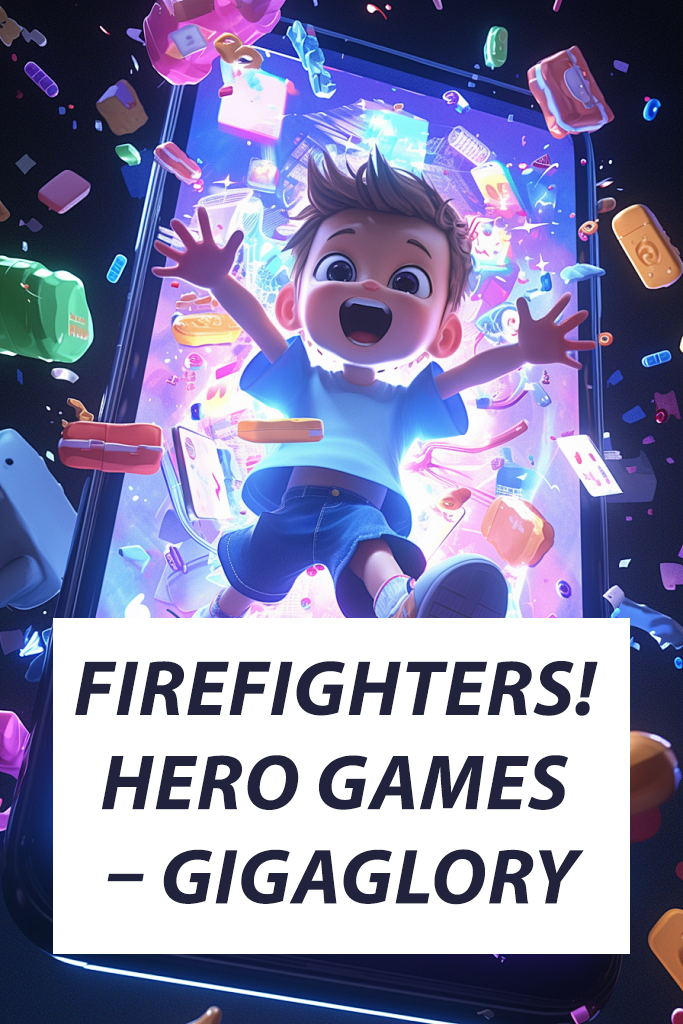Uncovering the Idle Games Phenomenon: How Indie Games are Redefining Leisure Entertainment
In recent years, idle games have exploded in popularity, captivating players around the globe with their easy-to-learn mechanics and engaging graphics. These games, often developed by indie developers, offer a unique blend of relaxation and entertainment. So what makes idle games so appealing? Let’s delve into the phenomenon and discover how indie games are redefining leisure entertainment.
The Rise of Idle Games
Idle games, sometimes referred to as incremental games, reward players for passive engagement. Players can often progress in the game without actively participating. This aspect of gameplay creates a sense of satisfaction, as players can witness their progress in real-time, even when they're not actively playing.
What Are Indie Games?
Indie games are typically developed by small teams or individuals rather than large gaming studios. The indie game scene is known for its creativity and unique storytelling. It fosters innovation since developers aren’t always bound by corporate constraints. Many of the best idle games are born from this environment of creativity, providing fresh gameplay experiences.
Understanding the Idle Mechanic
At its core, the idle mechanic encourages players to set goals, automate actions, and incrementally achieve progress. But how does this mechanic work? Here’s a brief breakdown:
- Automated Progression: Players set their goals and watch as the game progresses automatically.
- Reward Systems: Players receive rewards for reaching certain milestones, which keeps them coming back.
- Upgrades: Players can purchase upgrades to enhance their game’s productivity.
Why Are Idle Games So Engaging?
The engagement factor in idle games is tied to several psychological elements:
- Instant Gratification: Players receive rewards quickly, fostering a sense of achievement.
- Low Commitment: Players can engage at their convenience—ideal for busy schedules.
- Curiosity: The desire to see what happens next fuels continued play.
Case Study: The Popularity of Potatoes Adventure Game
One of the most talked-about games in the indie scene is the Potatoes Adventure Game. This simple yet charming game encapsulates what idle gaming is all about. Players guide adorable potato characters through various levels, filled with quests and unique challenges. What’s striking is the game's graphics and storytelling, which are on par with many high-budget PC games.
How Indie Games Create Unique Experiences
Indie developers thrive on creating unique narratives and engaging gameplay mechanics. Unlike mainstream games, which often follow established formulas, indie games tend to push boundaries:
| Game Title | Unique Feature | Player Experience |
|---|---|---|
| Potatoes Adventure Game | Engaging Storyline | Immersive and Lighthearted |
| A Short Hike | Exploration Focused | Relaxing and Simple |
| Cookie Clicker | Classic Idle Mechanics | Addictive and Fun |
Comparing Indie Games with Traditional Games
When talking about leisure entertainment, it’s impossible not to compare indie games with traditional PC games. Here’s how they stack up:
- Creativity: Indie games often prioritize innovative concepts over high-end graphics.
- Cost: Most indie games are cheaper or even free, attracting a larger audience.
- Accessibility: Indie games tend to offer easier entry points, making them more approachable for casual gamers.
The Future of Idle Gaming
As we look to the future, the idle gaming genre is ripe with potential. New technologies such as cloud gaming and improved mobile platforms will allow indie developers to create even more engaging experiences. With a focus on storytelling, art, and gameplay, the idle games phenomenon is likely to continue evolving.
Bringing Communities Together
Idle games, especially those developed by indie studios, have a unique way of bringing people together. Online communities thrive as gamers share tips, strategies, and achievements. This part of the gaming experience can foster a sense of belonging and camaraderie that is often less pronounced in larger gaming demographics.
Conclusion: Embracing the Idle Revolution
In concluding our exploration of idle games and the indie scene, it’s clear that these games are more than just a passing trend. They represent a shift in how we think about leisure entertainment. Developers are breaking through traditional barriers, bringing creativity to the forefront and redefining what makes a game enjoyable. Whether you’re a casual player or a seasoned gamer, it’s time to embrace the idle revolution and discover the joy of these unique experiences.



